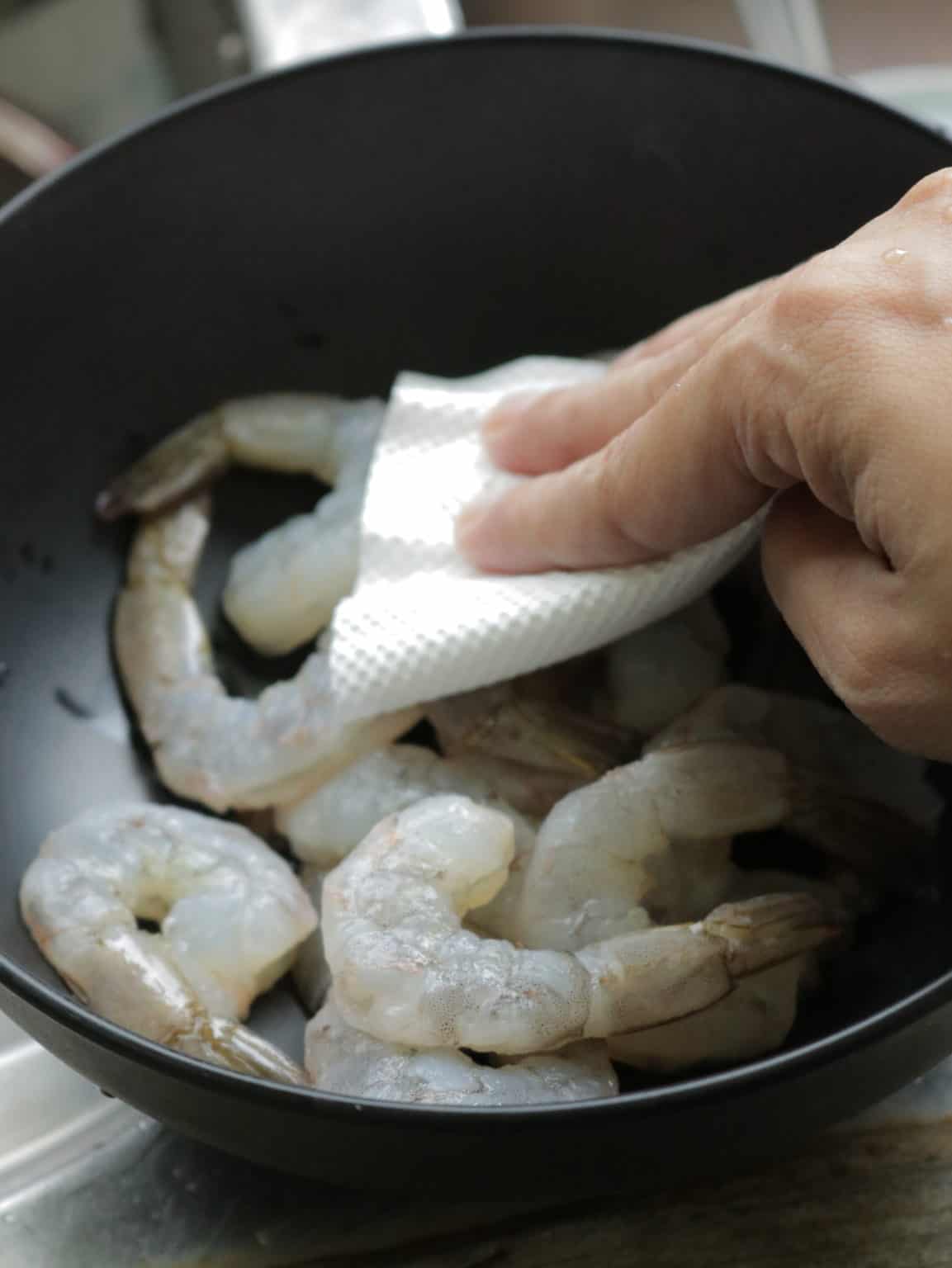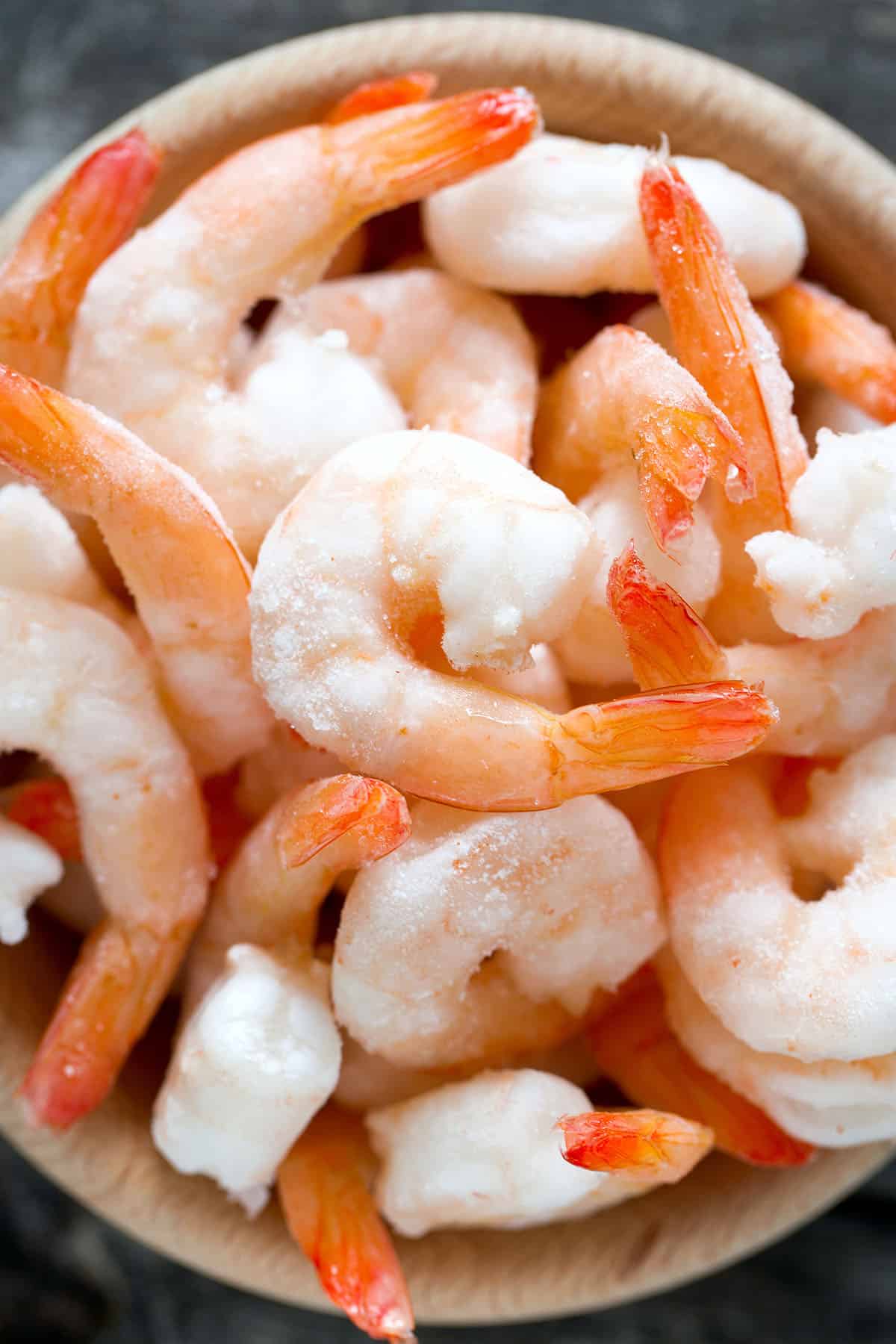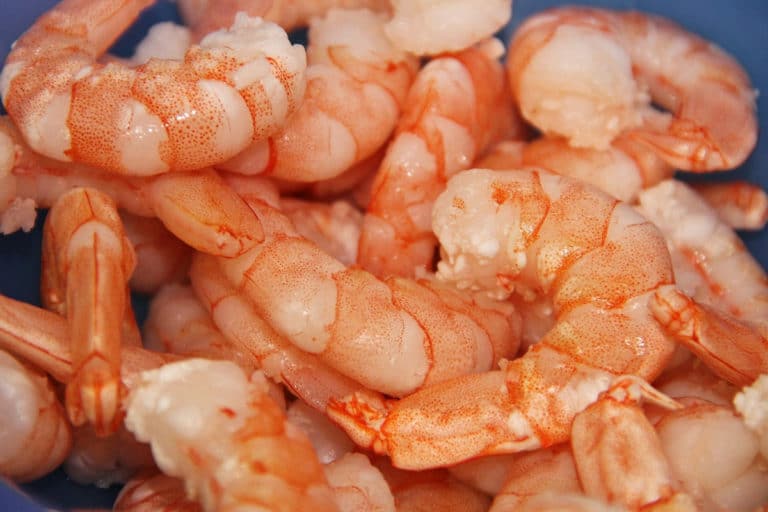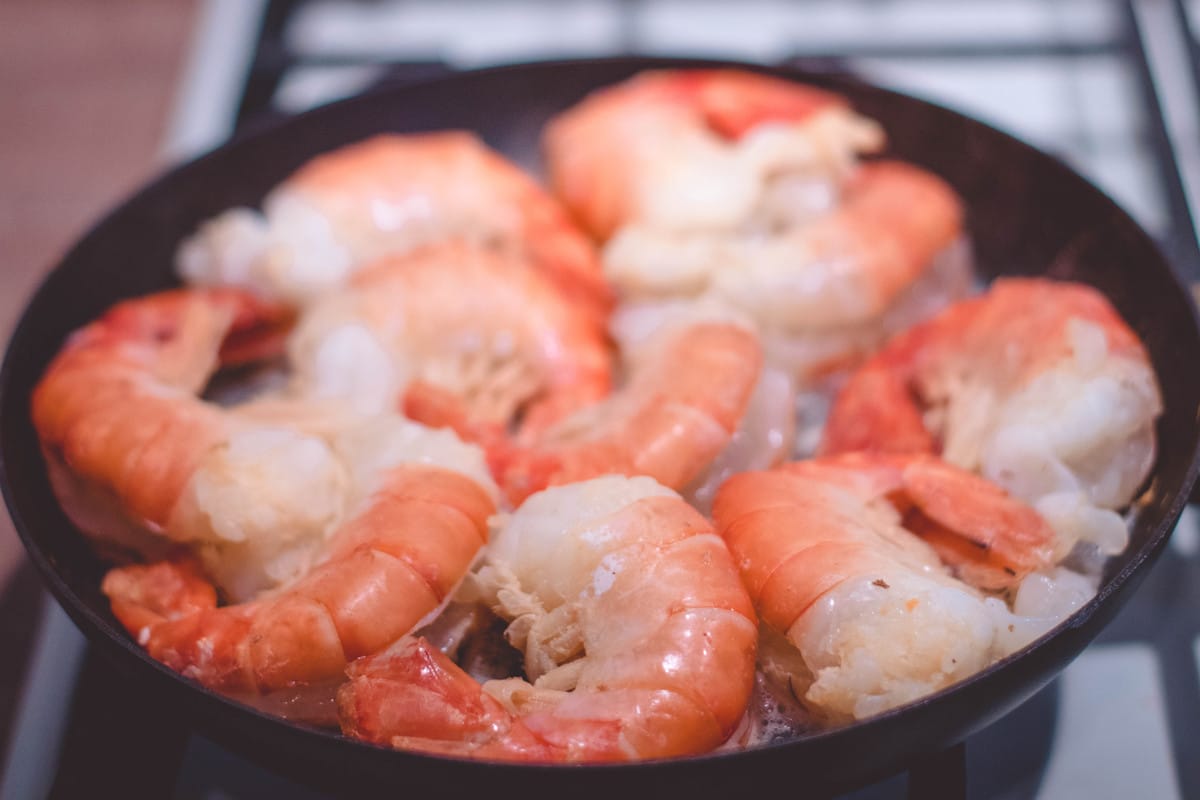Matchless Tips About How To Quickly Defrost Shrimp

(paper towels can be used to cover the shrimp, as this will help to absorb moisture as they.
How to quickly defrost shrimp. Put colander in a large bowl. When trying this hack yourself, you'll need to keep the water running until the shrimp. Be the first to rate & review!
But if you need to defrost shrimp fast, try this. January 11, 2023, updated july 19, 2023. Since shrimp is highly perishable and it’s hard to gauge the freshness of defrosted shrimp, many of us prefer to buy frozen shrimp and defrost them at home.
Open your package of shrimp and dump the shrimp directly into a bowl of cold water. Alternatively, you can place frozen shrimp in a covered bowl and allow them to thaw in. By katie workman.
Depending on the size of the shrimp, they will thaw in about 10 to 20 minutes. Take the shrimp out of the freezer and place them in a container with a lid (you can also use a bowl and cover it with plastic wrap). Moreover, never use a microwave when defrosting.
Thaw frozen shrimp in the refrigerator 24 hours before you need to cook with them. Bon appétit states that if you are pressed for time you can thaw frozen shrimp by putting them in a sealed bag in cold water, or even just fully submerging them. Place the shrimp in a covered bowl.
To expedite the process, submerge the airtight bag of frozen shrimp in a bowl of cold water until thawed. Recipe developed by tuyet pham, luna regina. There are three methods for safely thawing shrimp while maintaining their quality:
Put frozen shrimp in a colander. You can defrost frozen shrimp quickly by submerging it in cold water. Put the bowl with the colander in a sink, and fill it with cold water.
5.8k views 1 year ago #cookingwithcoastalcaterers. In this video, we show you the easiest method to defrost frozen shrimp or thaw frozen shrimp with. Be sure to place the frozen shrimp in a.
Overnight thawing (slow method), bag and cold tap water thawing (medium speed. If you're planning dinner in advance: Turn a bag of frozen shrimp into a colander.
You will find them bristling with bacteria, from escherichia coli (e.coli) to salmonella and.
















![How do you defrost frozen shrimp quickly? [2022] QAQooking.wiki](https://www.qaqooking.wiki/public/cdn/how-do-you-defrost-frozen-shrimp-quickly.jpg)

